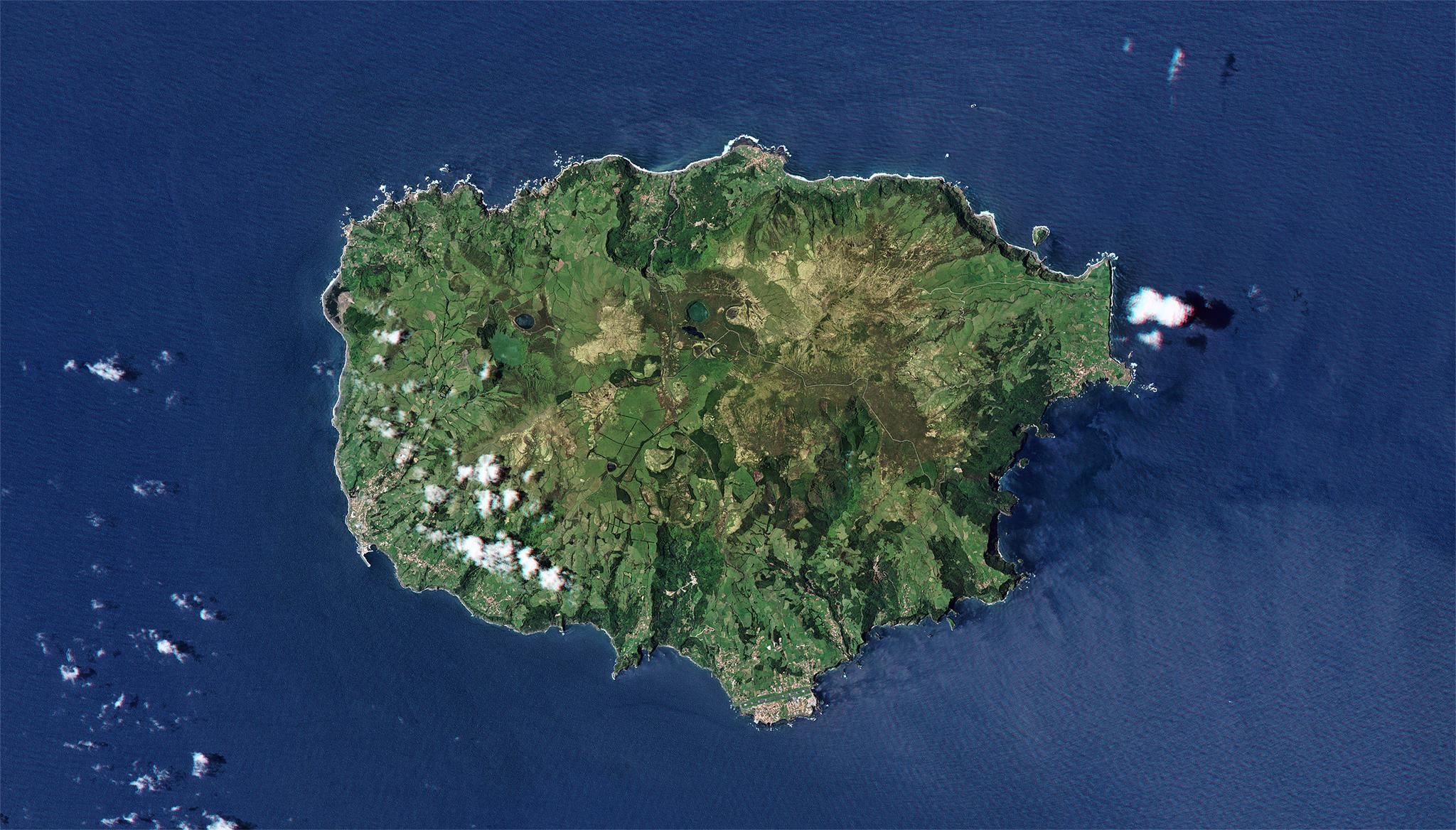Scientists Analyze Natural Peatland with Planet Data, Increasing Insights For Climate Change Mitigation
Image above: Planet image of Flores Islands in the Azores taken April 16, 2012. © 2012, Planet Labs PBC. All Rights Reserved. Peatlands are vital natural ecosystems that can support climate change mitigation globally. They are the world's largest natural terrestrial carbon store, sequestering 0.37 gigatons of CO2 a year, and they act as water retention structures, supporting biodiversity, reducing flooding, and minimizing landslide risk. However, these ecosystems are being disturbed by land-use change such as livestock grazing. Disturbances to peatland shift the soil and hinder the natural peatland’s ability to store high levels of carbon and water. Understanding the key differences between natural peatland and peatland that has been degraded or depleted is critical to efforts to enhance the climate change mitigation capacity of regions with peatland ecosystems. Using Planet and Sentinel-2 satellite data, researchers at Universidade Dos Açores in Portugal analyzed spectral signatures of peatlands in the Azores to delineate natural peatlands from disturbed peatlands. They determined that the natural peatland distribution of the region is lower than estimated, and suggested that if all of the peatlands in the region was in undisturbed states, the water retention capacity of the ecosystem would increase 300%. This capacity enables climate mitigation strategies by providing hydrological services, like the natural absorption of high levels of precipitation, and reduction of natural disasters, like floods and landslides. “Enhancing the naturalness of these areas would increase these ecosystems’ ability to act better as a buffer in extreme climate events,” said the authors. The full study can be found in SN Applied Sciences.

Ready to Get Started
Connect with a member of our Sales team. We'll help you find the right products and pricing for your needs.


